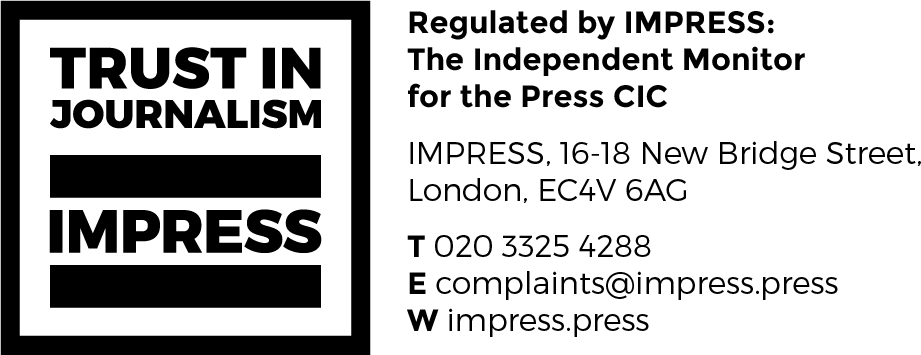Insurance costs flattening, but still hard for older pilots and aircraft

After the tragic crash in Haneda, Japan you can be sure that passengers will pay more attention to safety briefings. Well, for at least the next week. The footage also reminded aviation insurance underwriters how quickly their premiums can go up in flames.
The rise in insurance premiums in the past five years has been brutal for operators and owners. It cost roughly twice as much to insure an aircraft hull in 2023 compared with 2017.
“No underwriters are jumping around saying that rates are going to fall significantly in the first half of the year,” says Todd Guelich, senior vice president, at broker AssuredPartners Aerospace. “No one is trying to grow market share and there is no race to the bottom, but the good news is that the big increases in premiums look to be over.”
The aviation insurance market is a special one. Brokers typically have fewer than 20 underwriters competing for large business jets – with less than 10 considered strong by Guelich. The underwriters then typically find re-insurers to take on the risk.
“The first two quarters of the year usually see underwriters getting the pricing they want, with the market setting the price in the second half,” says Guelich.
Insurance is never just about premium. “Underwriters can be very prescriptive,” says Guelich. “I would argue that there has never been a claim where an underwriter demanding conditions has ever stopped a loss from happening. But it can make underwriters feel better. Our job as brokers is often to push back on these.”
Rates rose after 2019 – and then accelerated in 2020 and 2021 – because underwriters had lost money in aviation. Benjamin Peterson, CEO, Sunset Aviation Insurance, says that four new aviation underwriters have entered the market in the last year. Many of these are focusing on risks with less coverage such as owner pilots shifting from turboprops to jets and smaller helicopters. Several underwriters are showing more interest in insuring helicopter operators. The market is also being more flexible with younger pilots.
“Pilot age makes a big difference, but things have improved,” says Peterson. “It is still hard to find an insurer for a single-pilot owner older than 75 but insuring a 70-year-old is easier now then it was two years ago.”
Owner pilots may start paying less this year. “Some owner-pilots had 100% premium rises in 2021,” says Sunset’s Peterson. “If you had transitioned to a jet from a turboprop or were a new pilot you were basically hit as the tide came in raising all boats. Now they are benefitting as the tide is at least stabilising and they are now more experienced. I am not saying the tide is about to go back out again but at least things have normalised.”
Underwriters may be happier now, but they have been hit with the rising costs when fixing aircraft. “The cost of repairs are now staggering,” says Guelich. “This is not giving underwriters much incentive to cut premiums.”
Subscribe to our free newsletter
For more opinions from Corporate Jet Investor, subscribe to our One Minute Week newsletter.








